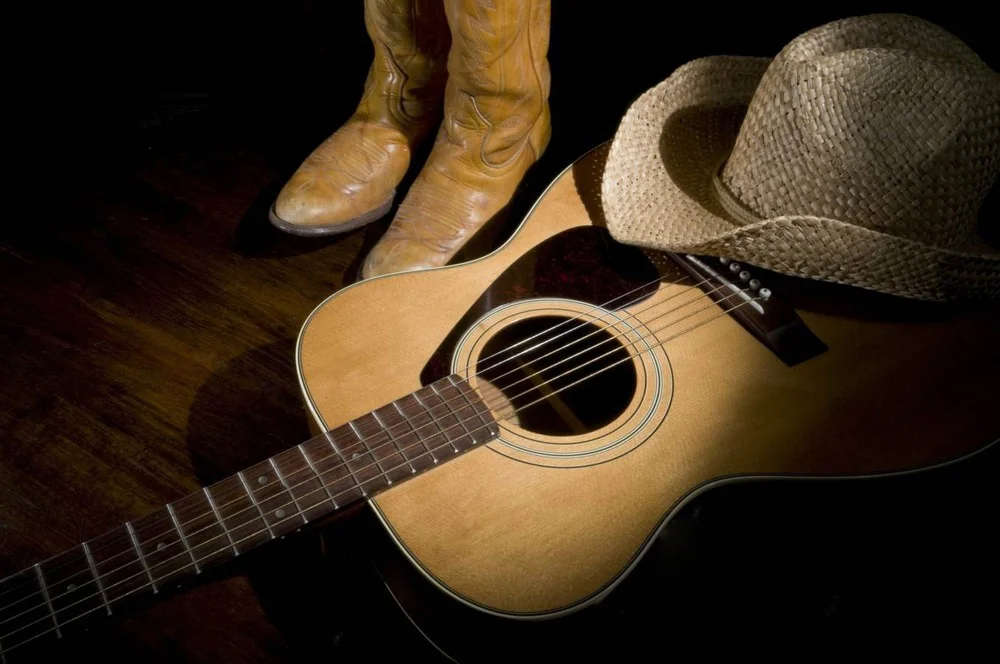KELLY WILLIS
Kelly Willis is Back Being Blue, to take a color-coded cue from the title of her seventh album. It’s a shade she wears well, though long-patient fans might just say: You had us at back. They’ll take a new Willis record in whatever hue it comes, now that it’s been 11 years since her last solo release, 2007’s "Translated from Love." The Austin-based singer/songwriter has hardly been MIA in the intervening years, having recorded and toured as part of a duo with Bruce Robison. But she’s setting the duet M.O. aside for do-it-alone mode, at least as far as the spotlight is concerned (Robison hovers just outside it this time as producer). Hers is a solo voice again, but it’s not necessarily sotto voce: This is an album of songs about lonesomeness that also happens to be a cracklingly good time.
Willis wrote six of the 10 tracks on "Back Being Blue" by herself, the first time she’s penned that big a portion of one of her albums without outside assists. That doesn’t mean she’s gone into deeply confessional territory for her “Blue” period. Lyrically, “it’s not an extremely personal record,” she says, downright cheerfully. There may be profundity within, but what Willis was really after was a sense of playfulness. “I wanted to make a fun, interesting record that leans on the influences that first inspired me to make music,” she says. “I don’t think of it as even being so much about my vocals as an album about vibe.” Explaining, “The important thing to me was to take these songs and to get them just right musically. And in my mind, I was thinking of where maybe Skeeter Davis meets Rockpile, or Marshall Crenshaw meets the Louvin Brothers.”
Who wouldn’t want to hang out at either of those intersections? Not ignoring the fact that in Willis’ world, as the album title might augur, high times and heartache are inextricably tied, “I guess the songs I write can be more sad than I think they are,” she admits with a laugh. “The lyrics are always sad in country music. I mean, we sometimes wonder why people hire us to do weddings. We’re like, ‘Really? You wanted this? Well, okay!’ But the music, more than ever, I think, is very fun.”
The title song, which brings a slight R&B vibe to her trademark country, was key in setting the tone.
“When I wrote ‘Back Being Blue’ I felt like I made a discovery,” she says. “Up until writing that song, my songs were all feeling a little bit wordy and complicated and personal, and they just weren’t clicking. Then I wrote that one, I just felt like, oh!––what I need to do is try to simplify, and write these stories in a way that feels like you’re not quite sure what era they were written in.”
BRUCE ROBISON
In regard to the Lone Star State’s finest tunesmiths, Bruce Robison lands at the top of the heap. His songwriting turned the heads of some of the industry’s biggest artists and took them to the top of the charts (Dixie Chicks’ No. 1 version of “Travelin’ Soldier,” George Strait’s recording of “Wrapped” and the beautiful Tim McGraw/Faith Hill rendition of “Angry All The Time,” to name a few). While those achievements might be considered the pinnacle of a song writing career to some, Robison has never been one to rest on his laurels. He is always creating.
The last two releases from Robison were as a duo project with wife and acclaimed singer/songwriter, Kelly Willis. Cheaters Game and Our Year were released just over a year apart in 2013 and 2014, respectively, to rave reviews.
After touring extensively to support the duo’s releases, Bruce turned his focus toward his other passion project, The Next Waltz, a “virtual social house” of music, videos and interviews spotlighting the artists and songs that make up the pedigree of this generation’s cream of the crop. In his studio located just outside of Austin, Robison hosts and records an evolving array of artists who share in his commitment to continue the tradition of collaborative creativity. Everything in Bruce’s studio is recorded on analog tape “with no digital shenanigans – just like back when music was good.”
From Robison’s perspective, that difference - between digital and analog – makes all the difference. In fact it’s so important to him, that tag line appears on the liner notes of Bruce’s new album, Bruce Robison & The Back Porch Band, was released in 2017. While immersed in the process of capturing some of his favorite songs and artists for The Next Waltz, Robison was inspired to round up his own band and lay down a collection of originals, co-writes and covers to put his personal stamp on. With a list of musician credits that could easily be mistaken for a hall-of-fame roll call, Robison delivers a truly organic listening experience that includes “happy accidents and all kinds of things that just feel real. Recording the way we do really allows the players to bring their own voices, their own styles, into the music,” says Robison. “That’s the kind of vibe I’m trying to get back to. I want to let people see how cool this process is and how much it has to do with country music, and how the kind of music that we make is tied to those traditions.”


